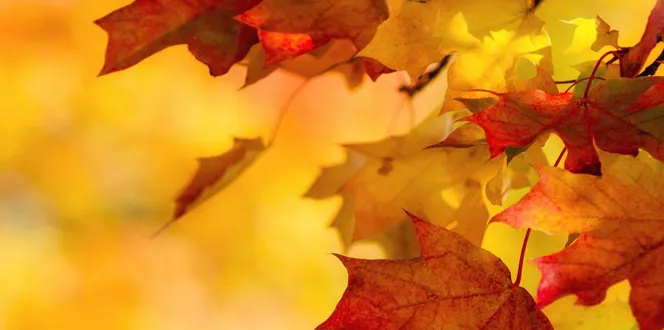You want your tree to be its best. To grow larger. To live longer. To look better.
For that to happen, you need to care for it throughout the seasons. Water it during dry spells. Mulch in the spring. And, fertilize your tree when it lacks nutrients.
When you fertilize your trees, you replace the necessary minerals and nutrients that are missing from the soil.
Your Tree Fertilization Guide
Look no further for everything you should know about when to fertilize a tree, why you should definitely do it, and how to select the best fertilizer.
Why Should I Fertilize My Tree?
Fertilizer helps trees stay healthy.
Trees are tough, but that doesn’t stop nutrient deficiencies from trying to shake them. Fertilization gives trees important nutrients, supports tree growth, and contributes to the overall health and vitality of a tree.
In this video, Dr. Dan Herms, Vice President of Research and Development at the Davey Institute, shares why we should fertilize trees.
Does My Tree Need To Be Fertilized?
In forests, soils have nutrients galore. In our yards, that’s not often the case.
As we sweep away leaves, twigs, and fallen bark, we’re removing potential recycling of nutrients for the soil. Additionally, the grass around our trees is unnatural and often outcompetes trees for available nutrients and water. That’s why we often need to fertilize our trees with a slow-release fertilizer – to mimic nature and replace those lost nutrients.
Look for signs that your tree is lacking nutrients in the soil.
If you see these signs, fertilization can be part of a holistic approach to restoring your plant’s health.
- Shorter than normal annual twig growth
- Undersized leaves that are fewer in number, causing a thinner canopy
- Dead branches and branch tips
- Leaf veins darker than leaf margins
- Leaves of most species any color other than dark green, such as yellow or purple
If your trees are experiencing any of the above symptoms, have your local arborist inspect the tree, test the soil, and provide an official diagnosis. Even the leaves themselves can be tested for nutrient deficiencies.
When Is The Ideal Time To Fertilize Trees?
At Davey, we fertilize with a slow-release fertilizer, so you don’t have to worry about “the best time to fertilize.” The fertilizer is designed to slowly release nutrients uniformly over time, regardless of when they're applied. Mainly avoid applying fertilizer when soil is very dry, is frozen, or is saturated with rainwater.
Still, fertilizing in certain seasons does bring benefits.
Fertilizing In Fall...
- Helps recover nutrients the soil lost during summertime.
Fertilizing In Spring...
- Supports a new flush of growth during the quintessential growing season.
- Greens up tree leaves so they stay vibrant through summer and into fall.
- Supplies essential nutrients that keep the tree healthy and help it fight off infection.
How To Choose The Right Fertilizer For My Tree
Find a tree fertilizer with a slow (also called controlled) release of available nitrogen and low salt index. And, look for a product that’s best suited for your region.
In the Northern and Western regions, Davey arborists use Arbor Green PRO®. It blends three key macro-nutrients, nitrogen (N), phosphorus (P), and potassium (K), to mimic the natural environment and give trees the nutrients they need to thrive. Arbor Green PRO® also contains PPA, an amino acid that helps enhance nutrient availability while reducing nutrient loss from rain or watering.
Trees in the Southeast region are a little different. They can be lacking the macro-nutrients mentioned above, but they’re also often faced with a micro-nutrient deficiency, meaning essentials like magnesium, manganese or boron are in short supply. Scientists at The Davey Institute created Arbor Green Xtra plus B to address that. It combines nutrients—both macro and micro—that Southern trees need to look and grow their best.





